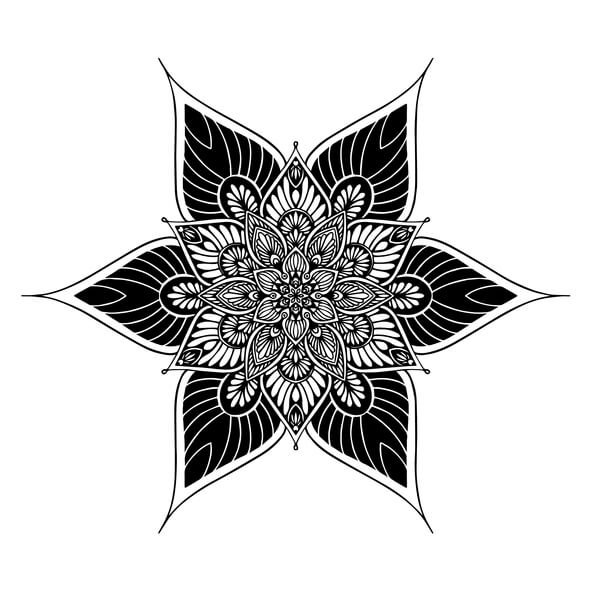Through the vast stretch of coastline in the South-east of India, lush green farms on the banks of River Godavari, amidst the shore of the waves of the large Srisailam River; is the land of Andhra Pradesh, the home where the art of Kalamkari was born. The word ‘Kalamkari’ arises from two Persian words, ghalam / kalam meaning ‘pen’ and kari meaning ‘craftsmanship’. When the name of the art form itself has the work of a craftsman joined in it, Team LoveKnits.org was sure to get the beautiful works of these artisans in front of the world.

(Courtesy: Pinterest)
Kalamkari art form was latest spotted on young girls, off to college, wearing them as loose, breezy pants on plain tops, or on plain kurtas they were spotted wearing these beautiful Kalamkari scarf. As now the Kalamkari art has been revamped in this trendy way, therefore we are on the route to revive this art back to its basics. Originally, Kalamkari designs were meant to depict the portraits on huge canvases and clothes, but it took the shape of sarees and dresses in no time soon. Thus, Kalamkari sarees were the real jewels of this art. Then slowly came in Kalamkari suits and kurtas, and now we have the pants and scarves.

(Courtesy: Kalamkari on Pinterest)

(Courtesy: Hyderabadwiki)
The best thing about collaborating with these artisans is that we get to see the way they work and it is nothing short of admiration. Every single piece of art is a masterpiece in its own way because of the honest hard working hands that have gone into making it. When we went through the variety of patterns with respect to Kalamkari, it consists of flower motifs and the figures of gods and deities depicted in the Mahabharat and Ramayan. These artisans use only natural dyes and there are in-all more than 10 steps to get the finished perfect product.


(Courtesy: Crafts of India and Strands of Silk)
The world is well versed with the magic of Radha-Krishna’s romance, and the Kalamkari artisans made it even more beautiful with their hand-made drawings of Radha-Krishna on the pure cotton sarees. The artisans use only natural vegetable dyes and bamboo sticks sharply pointed at one end to make out-line the gorgeous motifs. The dyes used are very long-lasting and permanent in nature making your priced Kalamkari possession, one that can be preserved for years and years. That’s another way in which the traditions and values stay alive for a longer time, by providing upstream quality of handcrafted products.

(Courtesy: Monicaniftian blog)
Kalamkari celebrates the ‘Royalties of India’ and the philosophy of ‘Tree of Life’. From elephants and horses, which were the royal carriage carriers seen in our rich history, to peacock, as the world knows, is the most graceful bird, and parrots, banyan trees and tree of life – all were related to some sort of story and recited through these Kalamkari drawings. The work is done mainly on bright colors such as red, maroon, orange, fuschia pink and navy blue, to name a few.
When Kalamkari had risen to popularity among the masses, the riches and royals of that time wanted their ‘class-apart’ apparels and thus there was the introduction of aari work along with Kalamkari patches. It includes the use of golden, copper and silver threads to make the work more attractive and ravishing. Then came in the sarees and kurtas that were very widely used in wedding trousseau and other mass cultural festivals. The appeal of these Kalamkari beauties is something totally worth the stare and something that can be treasured for a long time.

(Courtesy: Desifabrics)



